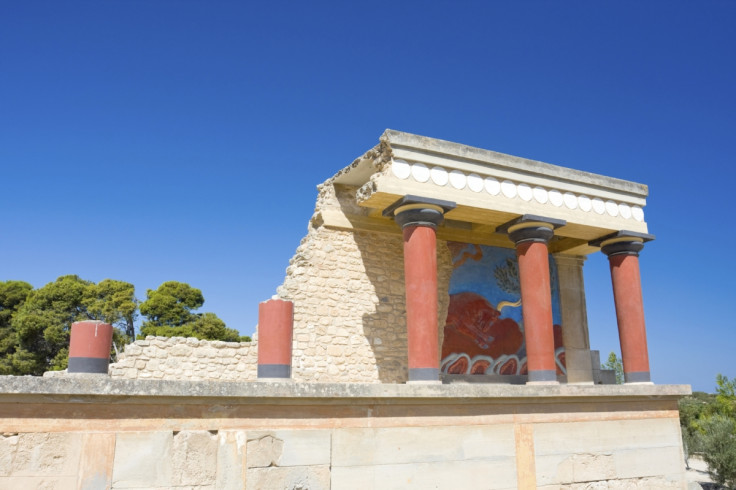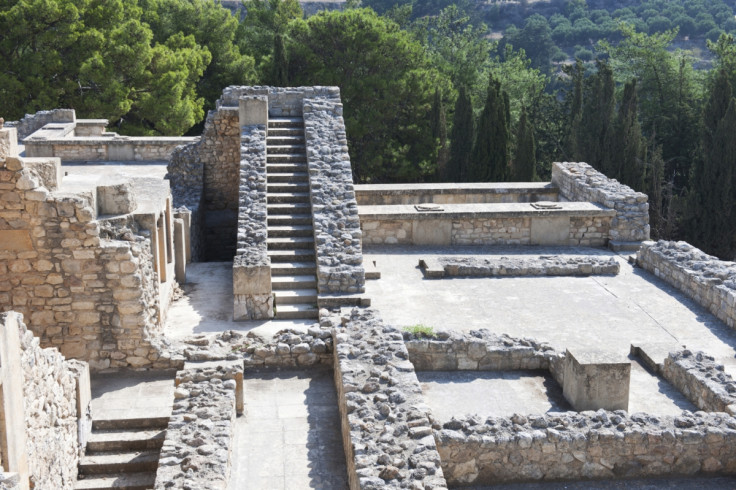Ancient Greek city Knossos was bigger and richer than previously thought, Bronze age relics reveal

Artefacts have been discovered from the ancient Greek city of Knossos dating back to around 1100 BC, suggesting the city was bigger and richer at this time than previously believed. They also reveal that the city recovered from socio-economic collapse far faster than once thought.
The collapse happened following the transition from the Bronze Age to the Iron Age in the Aegean Region, and researchers say the discovery could prove that trade was restored quicker than expected.
After a change of economic system in 1200 BC, researchers believed the city suffered a backlash of reduced trade and income. This new discovery suggests that the city actually flourished under these conditions, and that it was three times larger than previous excavations suggested.
The artefacts discovered are a range of relics from imported material. This includes jewellery, pottery, bronze and other metals. The researchers highlight that these items illustrate the wealth of the community following the collapse.
They also said the artefacts were found over a broad area that was previously unexplored. This suggests that the city was much larger than believed, and the community was still growing in the wake of socio-economic change.
"No other site in the Aegean period has such a range of imports," said Antonis Kotsonas, leader of the research being presented at the annual meeting of the Archaeological Institute of America and Society for Classical Studies. "Even at this early stage in detailed analysis, it appears that this was a nucleated, rather densely occupied settlement."

The researchers found these artefacts on fields that were covering buried cemeteries and houses. Describing the burials importance to the size of the city, Kotsonas said: "Distinguishing between domestic and burial contexts is essential for determining the size of the settlement and understanding the demographic, and economic development of the local community."
Knossos, on the northern coast of Crete, is believed to be Europe's oldest city – dating back to around 7000 BC. Kotsonas described the ancient city as a "renowned as a glorious site of the Greek Bronze Age, the leader of Crete, and the seat of the palace of the mythical King Minos, and the home of the enigmatic labyrinth".
The research, known as The Knossos Urban Landscape Project, lasted over 10 years. The discovered relics and their implications will be discussed by Kotsonas on January 9 2016, at the 177th annual meeting of the Archaeological Institute of America and Society for Classical Studies.
© Copyright IBTimes 2024. All rights reserved.






